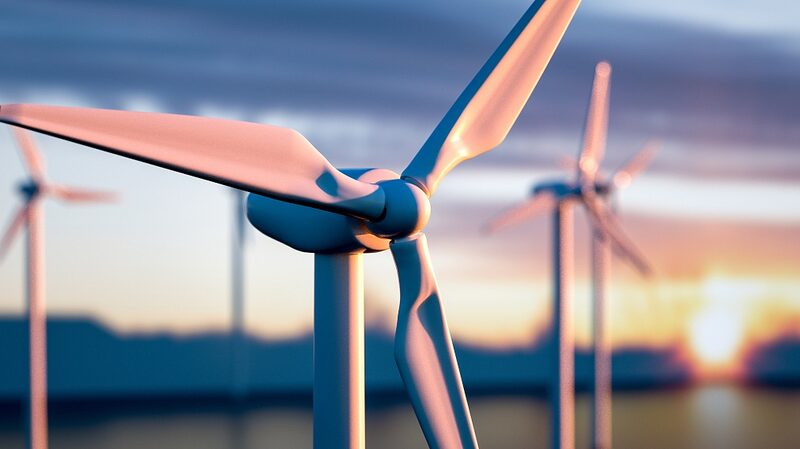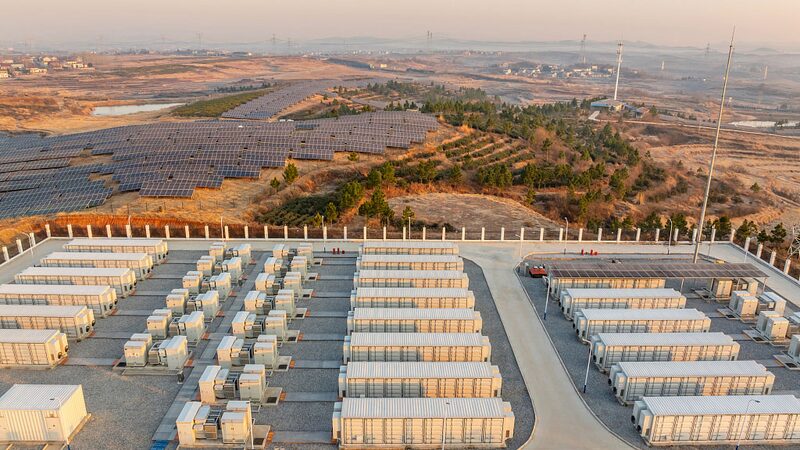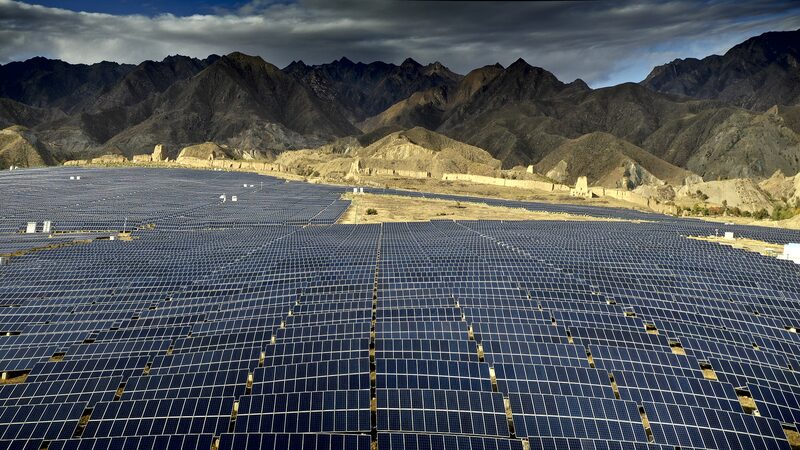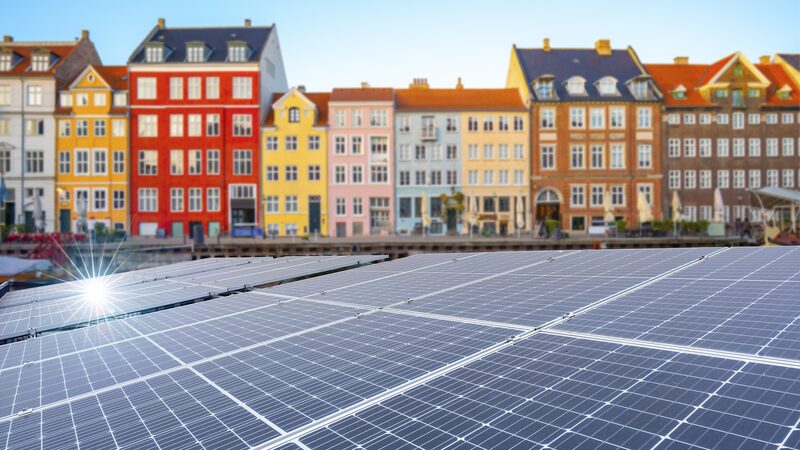China's Qinling research station in Antarctica has marked a historic achievement by completing its summer mission and transitioning to rely on a multi-source renewable energy system. The station, China's fifth in Antarctica, is now fully equipped to endure the continent's extreme winter conditions while pioneering sustainable scientific operations.
Key infrastructure installations finalized in February include 26 solar panels, 10 wind turbines, hydrogen power storage facilities, and a 1,700-meter integrated utility network. This “outdoor bloodstream” connects vital operational zones through interconnected power and water pipelines, enabling year-round functionality amid temperatures that can plummet below -60°C.
Wang Zhechao, director of Qinling Station, emphasized the mission’s significance: “Our new energy systems and water management facilities weren’t just installed—they’re successfully powering critical research. This breakthrough ensures we can maintain continuous environmental studies even during polar nights.”
The station represents a first for China’s Antarctic program, combining wind, solar, hydrogen, and battery storage into a single adaptive grid. Station engineers report the system already meets 85% of energy needs through renewables, with plans to reach 95% by next winter.
This development comes as Antarctic research nations increasingly prioritize sustainability. Qinling Station’s operational model offers valuable insights for balancing scientific ambition with environmental stewardship in fragile ecosystems.
Reference(s):
China's Qinling Station in Antarctica wraps up summer missions
cgtn.com








